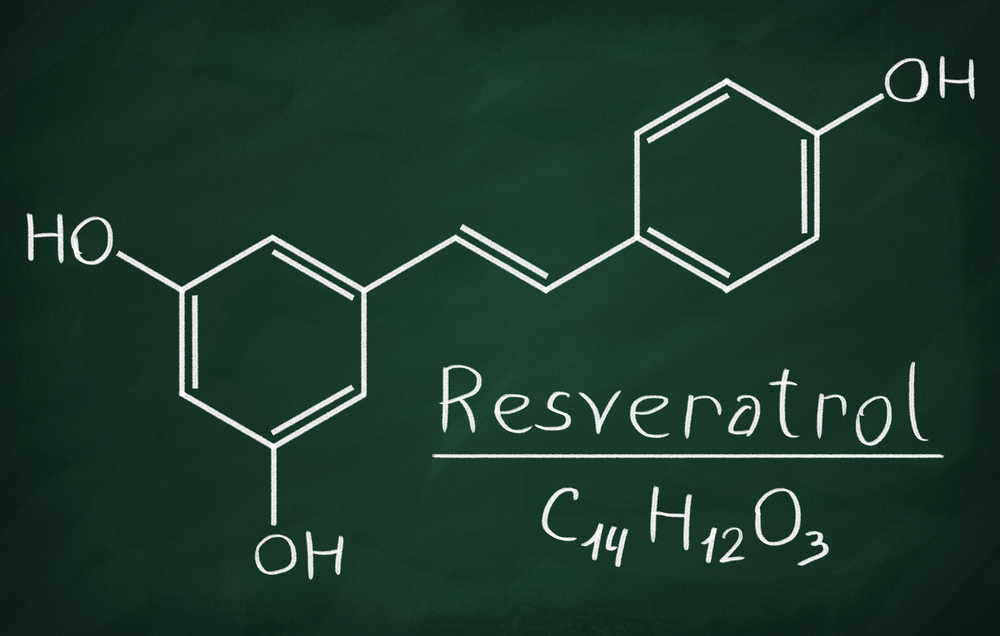Researchers at Peking Union Medical College Hospital in Beijing discovered a novel pathway of cell cycle regulation in pulmonary arterial hypertension (PAH) disease progression. A collection of experiments described in the researcher’s study, “Regulation of Cell Cycle Regulators by SIRT1 Contributes to Resveratrol-Mediated Prevention of Pulmonary Arterial Hypertension,” demonstrated that Silence Information Regulator 1 (SIRT1) signaling is implicated in PAH and is the pathway of action for resveratrol-mediated attenuation of PAH.
“Despite its heterogeneous origin, it is generally accepted that the pathogenesis of PAH involves three major processes including vasoconstriction, vascular remodeling characterized by enhanced proliferation of pulmonary arterial smooth muscle cells (PASMCs) and endothelial cells and coagulation abnormalities,” wrote the authors in the article published in BioMed Research International. This specific study focused on the PASMC proliferation aspect of disease.
Previously, this group of researchers identified that resveratrol (3,5,4-trihydroxystilbene), which is a potent antioxidant, inhibits the proliferation of vascular smooth muscle cells. They were interested in if reservatrol could demonstrate similar effects on PASMCs and used rat model of PAH to test their hypothesis, as it is known that reservatrol can prevent monocrotaline-induced PAH.
The PAH model of choice was induced by monocrotaline, as is common in the field of PAH research. The scientists first injected rats with monocrotaline, then administered one of two doses of oral resveratrol to the mice for two or three weeks, based on the treatment group. Parameters such as hemodynamics and right ventricle hypertrophy were used as assessments for resveratrol efficacy in preventing PAH, and in vitro cell analysis was used to determine if SIRT1 played any role in preventing PAH.
After terminating the rats and looking at the morphology of their hearts, the researchers noticed less pulmonary arterial remodeling in the resveratrol-treated rats. Whereas the monocrotaline-induced, saline-treated rats had thickened right ventricles, the resveratrol-treated rats had smaller ventricles. The effect was more pronounced in rats treated with the higher dose of resveratrol at both time points (14 and 21 days) of sacrifice.
Exploring the mechanism of action, the researchers noted that resveratrol treatment increased the level of SIRT1 in the rats’ tissues. SIRT1 can induce cell cycle arrest at a key checkpoint of the cell cycle. It can also increase the levels of a protein, p21, that further puts the breaks on the cell cycle. By increasing the levels of SIRT1, resveratrol had an anti-proliferative effect on the PASMCs, leading to less remodeling after monocrotaline injection.
Resveratrol has been pursued as an antioxidant treatment for a wide variety of ailments. While there is some controversy on its effectiveness in a clinical setting, this study supports further investigations of resveratrol in the context of PAH treatment.

